I have lived in our current house longer than I have lived anywhere my entire life and we are moving later this month (next week!). While rummaging through boxes I have carried to New York, from New Jersey by way of Georgia — Smyrna, West Atlanta and Marietta, Georgia — one box held a collection of floppy disks from high school (1994–1998). I bought a USB floppy disk reader to resurrect this artifact.
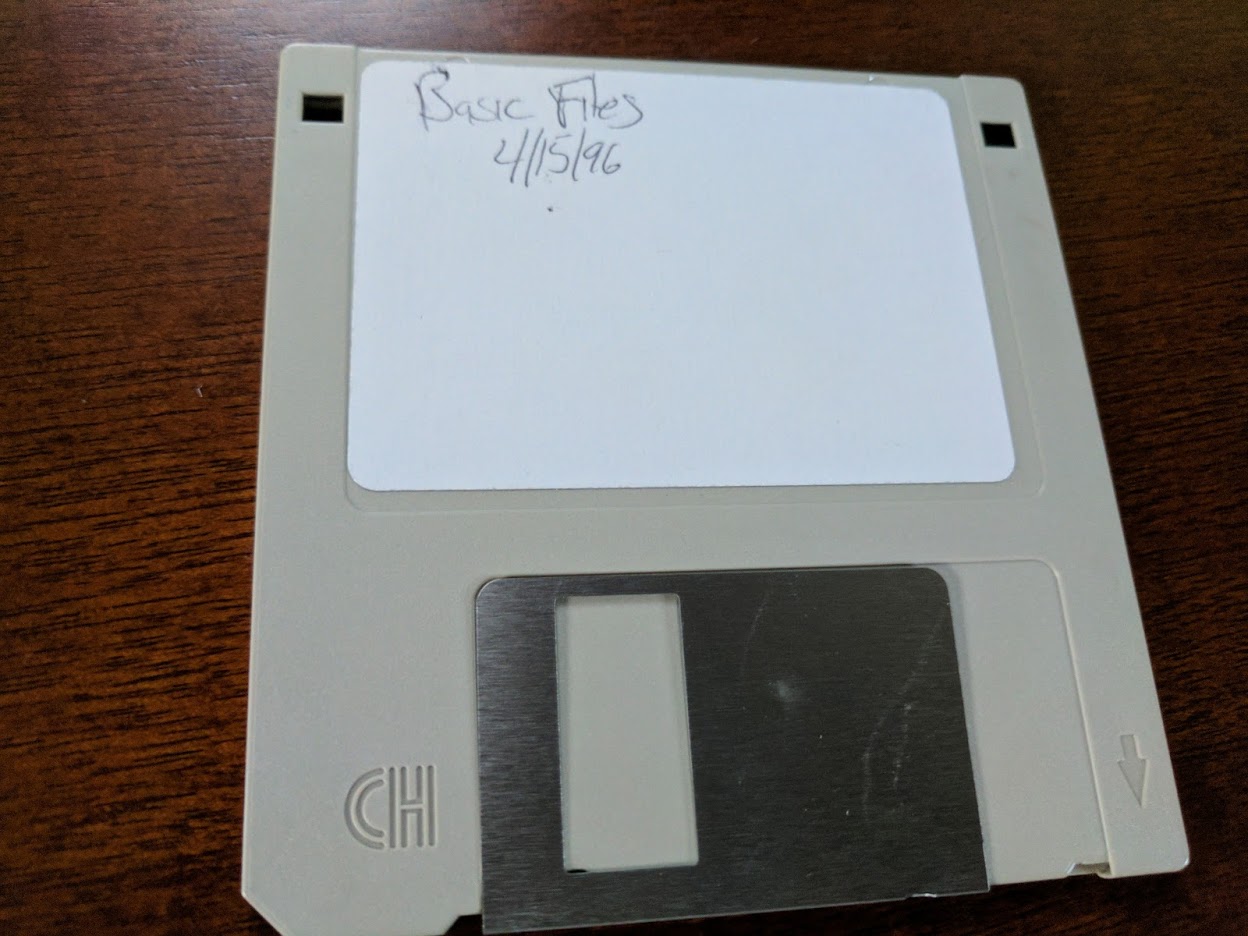
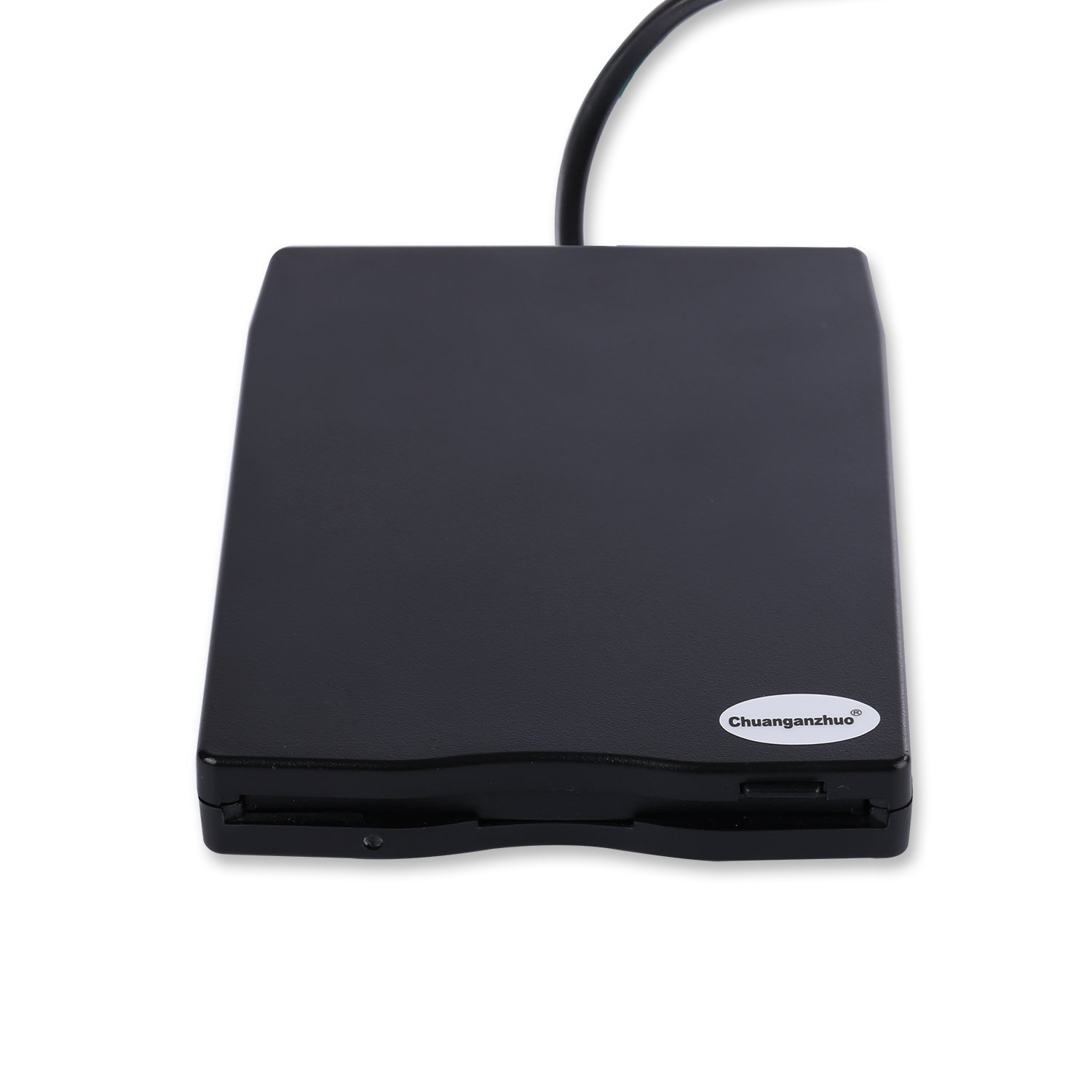
History
I fell in love with computer science when I started programming sometime during the ages of 12–16. Before that I wanted to be a lawyer. I took a computer programming class at Paulsboro High School (two classes in fact, taught by Mrs. Pollino, also my Geometry teacher) where we learned Basic and Pascal—and in my estimation, the cold tyranny of flow charts. I even participated in some programming contests at a local college named Rowan University.
But, it was really a nexus of fortunate events that led me to a career in computer science. In addition to the high school class where I had an awesome friend and partner constantly pushing me (an eventual CS major in college, but now an anesthesiologist), earlier I had an uncle gift me a Commodore Vic-20 with manuals and cassette storage when he upgraded to a Commodore 64, a friend’s programmer dad gave me DOS batch scripting tips, and critically, my parents allocated a unexpected influx of cash to buy my brother and me a 50Mhz Packard Bell multimedia machine with 4MB of RAM, a 256 MB hard-drive, cdrom and modem in the early 90’s. That was the last computer we owned for a while until my girlfriend (and future wife) fronted me some money to buy a used surplus laptop from PSE&G after my first-year of college in 1999 (which I promptly installed Linux upon). I remember another student mocking me that first year of college for being a computer science major without a computer, it bummed me out, but luckily my friendly roommate let me use his Compaq PC to create my first website and rattle off some mean C++ and perl, all while listening to some music due to Napster.
Fast forward: later I’d own lots of computers, program robot dogs, help design sensor networks, and teach other students the joy of writing code to create art, stories, and worlds.
Some QBASIC programs
Now to the programs I dug up. They aren’t well written, and the graphically interesting selections presented below aren’t much more than graphing calculators, but they opened an entire new world for me. So they are special to me: authentic.
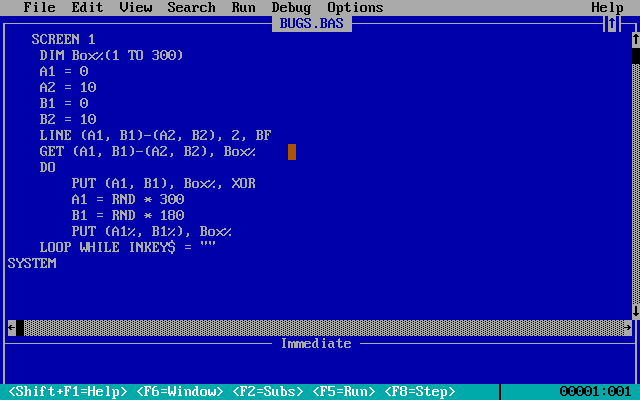 |
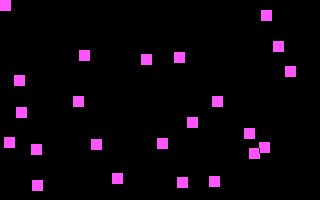 |
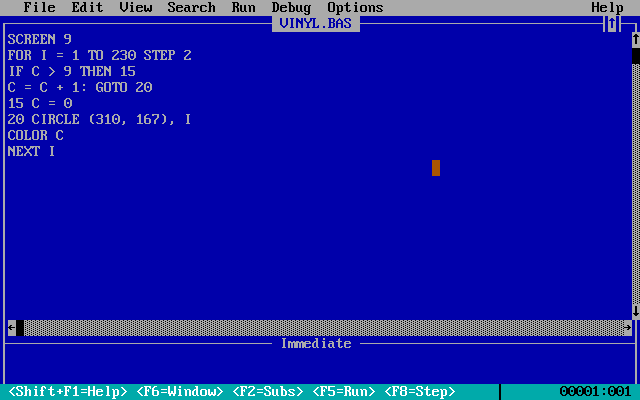 |
 |
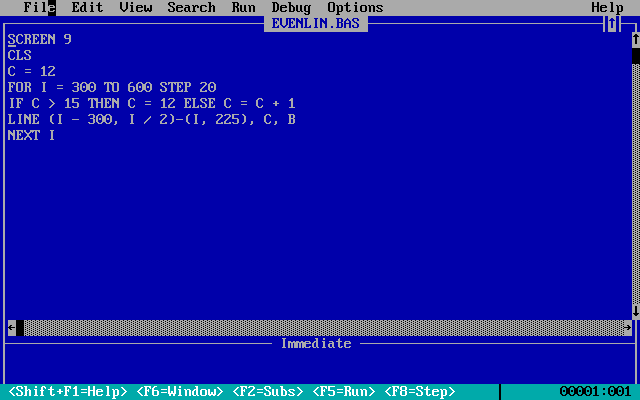 |
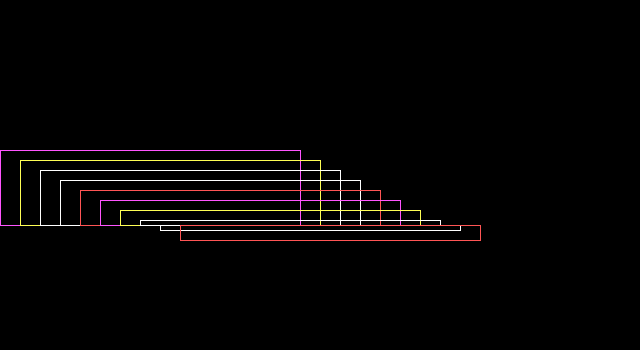 |
 |
 |
 |
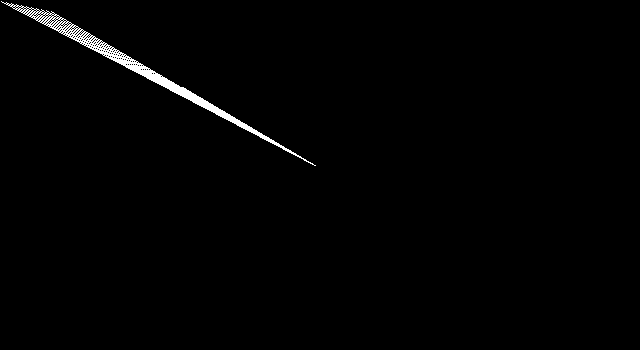 |
That experience of discovery and invention is what I hope to inspire in my students in 2017 and beyond. Even if with more or less modern things like text, games, robots, graphics, and computer vision.
p.s. Thanks to dosbox and renegade QBASIC executables for helping me run these old hacks!